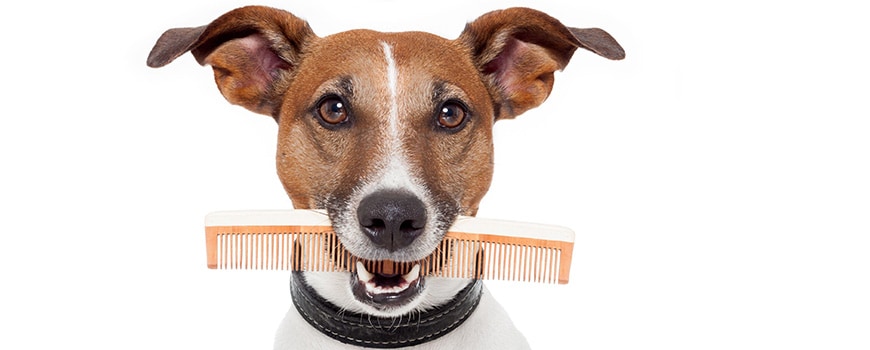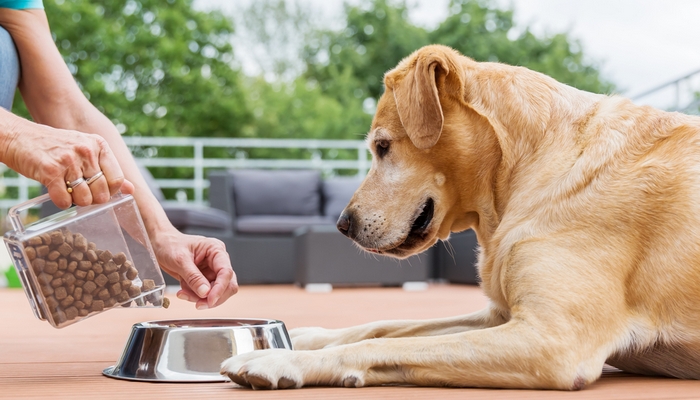Monitoring your dog’s feeding levels is very important for his overall health, since your pet can develop health problems due to overeating or a poor diet. Make sure your dog eats the right amount of food to maintain an optional weight for his breed or size.
Good Feeding Habits
The way you feed your dog is as important as what you feed him:
- Set regular meal times
- Make sure you wash the food bowls before every use.
- Clear away food bowls when your dog has finished eating, especially if feeding moist canned or homemade foods.
- Don’t feed your dog the same things that you eat—his needs are different, and some foods for humans, such as chocolate, can be poisonous to dogs.
- If you need to alter your dog’s diet, make changes gradually to avoid any stomach upset.
- Check that fresh drinking water is available at all times.
Eating Too Fast?

It is natural for a dog to eat fast; in the wild, this would keep other pack members from stealing his food. If your dog gobbles his food too quickly, try using an anti-gorge bowl.
This has lumpy protrusions in the base that your dog has to work around as he eats, slowing his rate of eating. This can help prevent digestive problems such as gas, vomiting, and indigestion.
Preventing Dog Obesity
Some dog breeds are prone to put on weight, such as the Basset Hounds, Cavalier King Charles Spaniels, Dachshunds, and Labrador Retrievers.
However, any dog can get fat with too much high-energy food and too little exercise. Overfeeding your dog can lead to heart problems, diabetes, and painful joints. In particular, for breeds that have large bodies and thin legs (such as the Rottweilers or the Staffordshire Bull Terriers), weight coupled with exercise can cause ligament problems.
To prevent weight problems:
- Feed for your dog’s age, size, and activity level.
- Be extra vigilant about feeding treats to your dog; don’t feed scraps from the table, and never give in to begging for food.
- Ask your vet about a balanced diet for weight loss.
- Weigh smaller dogs at home on bathroom scales. If your dog is large, ask your vet’s office if he can be weighed there.
- Keep an eye on your dog’s body shape – this can be just as helpful as weighing him. You can even take photos every week to monitor any changes in his weight.
A healthy weight
You need to check your dog’s condition regularly to ensure that he is not too fat or too thin. Body shapes differ between breeds, so find out what is normal for your dog’s breed.
If you are not sure about the right quantity to feed, ask your vet.
Thin
The face looks thin, the ribs easily felt or seen, and the tummy more drawn in than normal for the breed.
Healthy
The fur is shiny, the body is well-muscled but not bony, and there’s a slight waist.
Fat
The tummy is large, there are rolls of fat at the back of the neck, and a thick layer of fat over the ribs.

